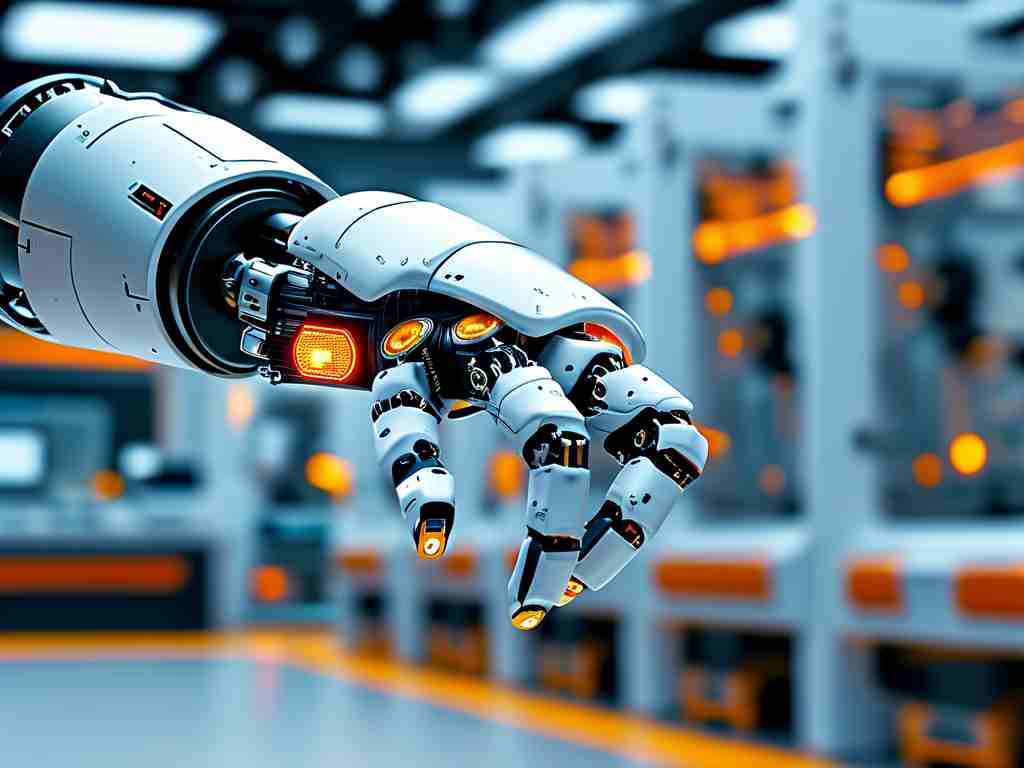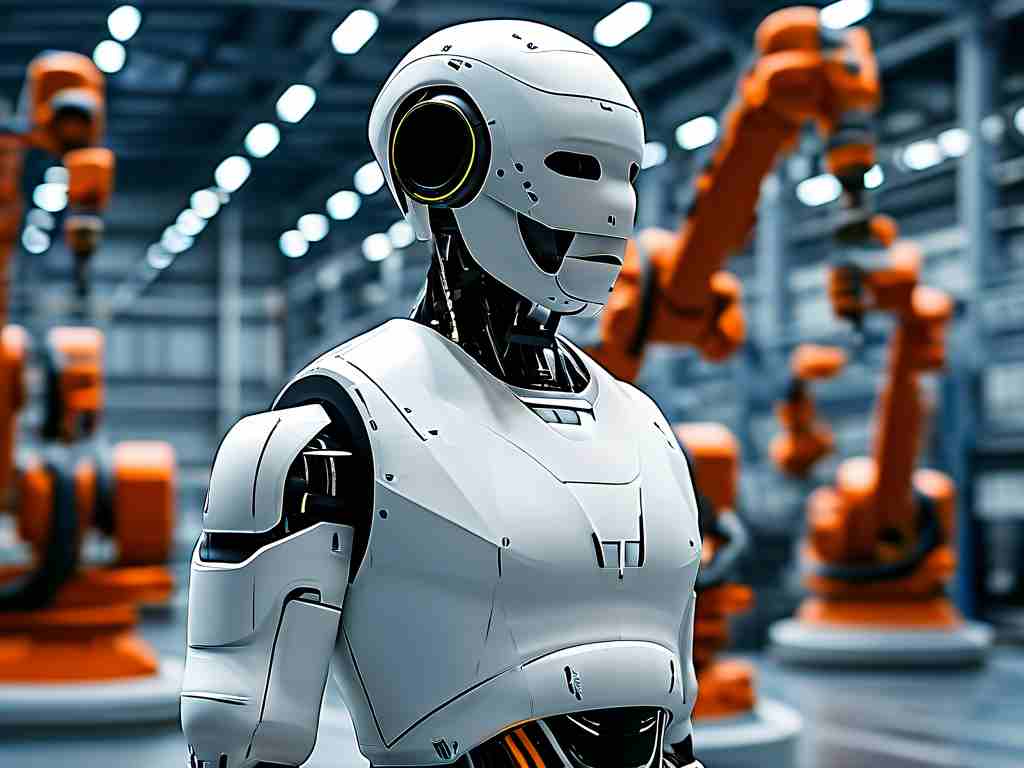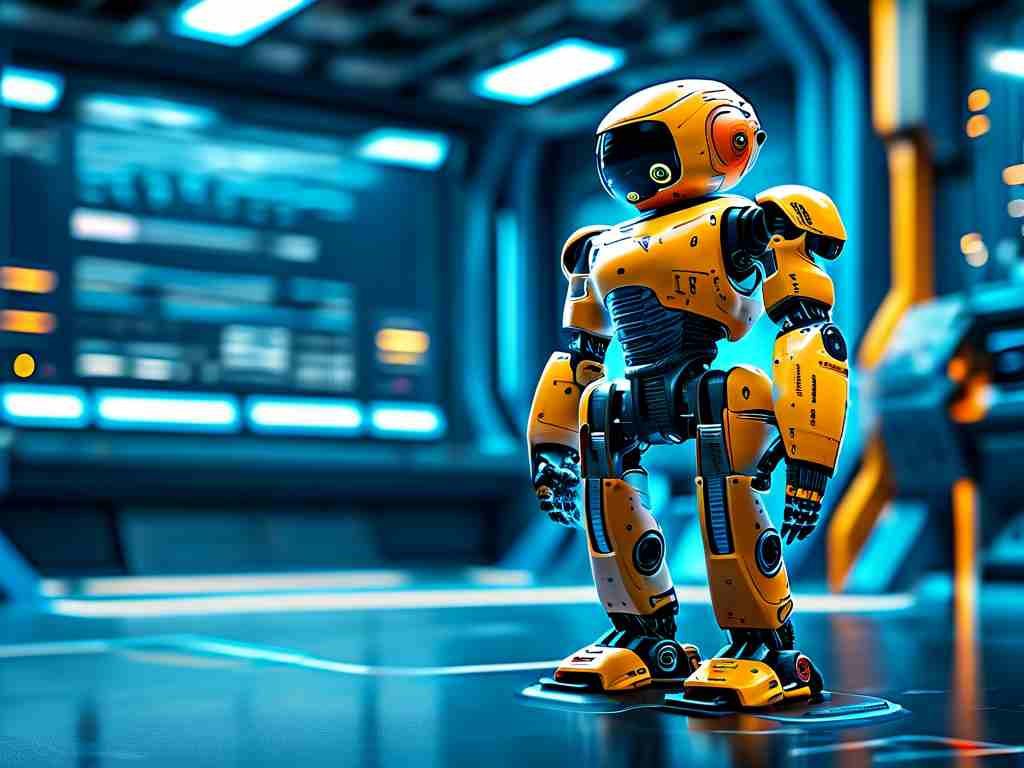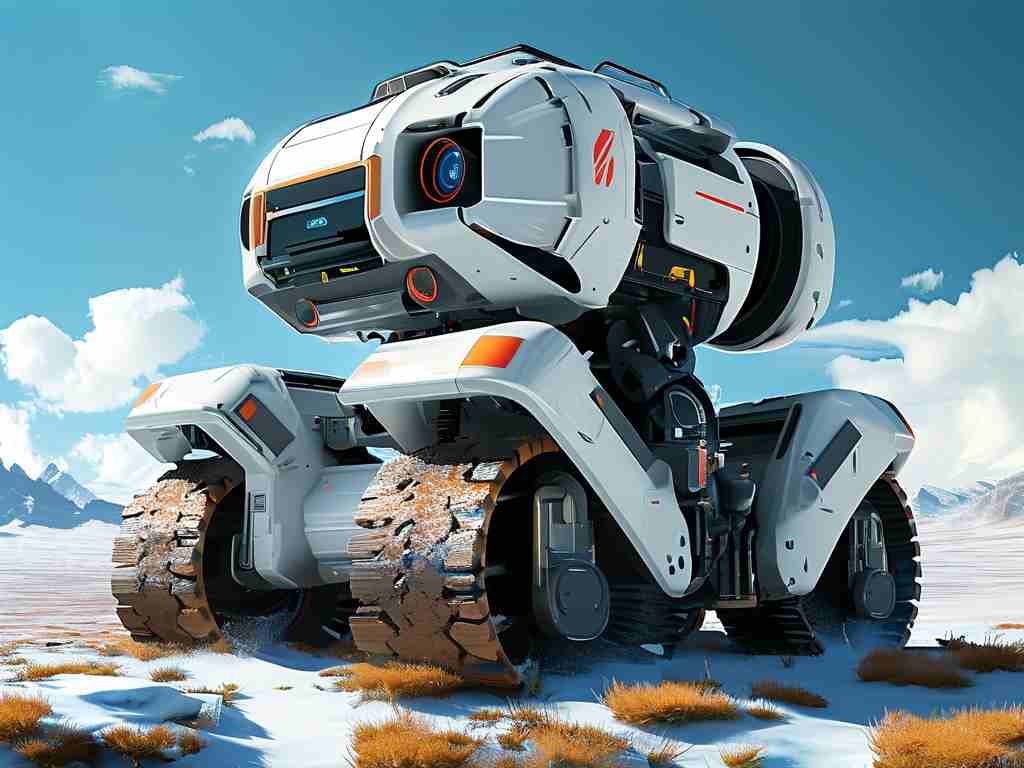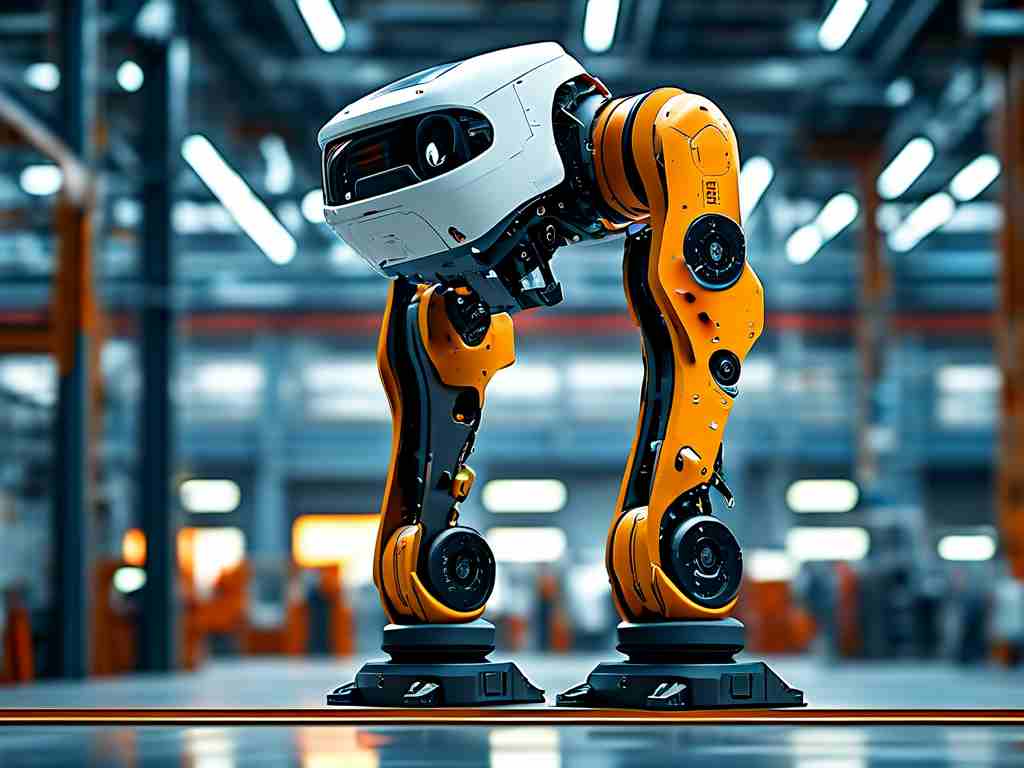The logistics industry is witnessing a paradigm shift with the integration of automated unloading robots, a technology reshaping warehouse operations and supply chain management. These advanced systems combine mechanical engineering, artificial intelligence, and sensor fusion to streamline cargo handling processes, offering unprecedented precision and operational efficiency.
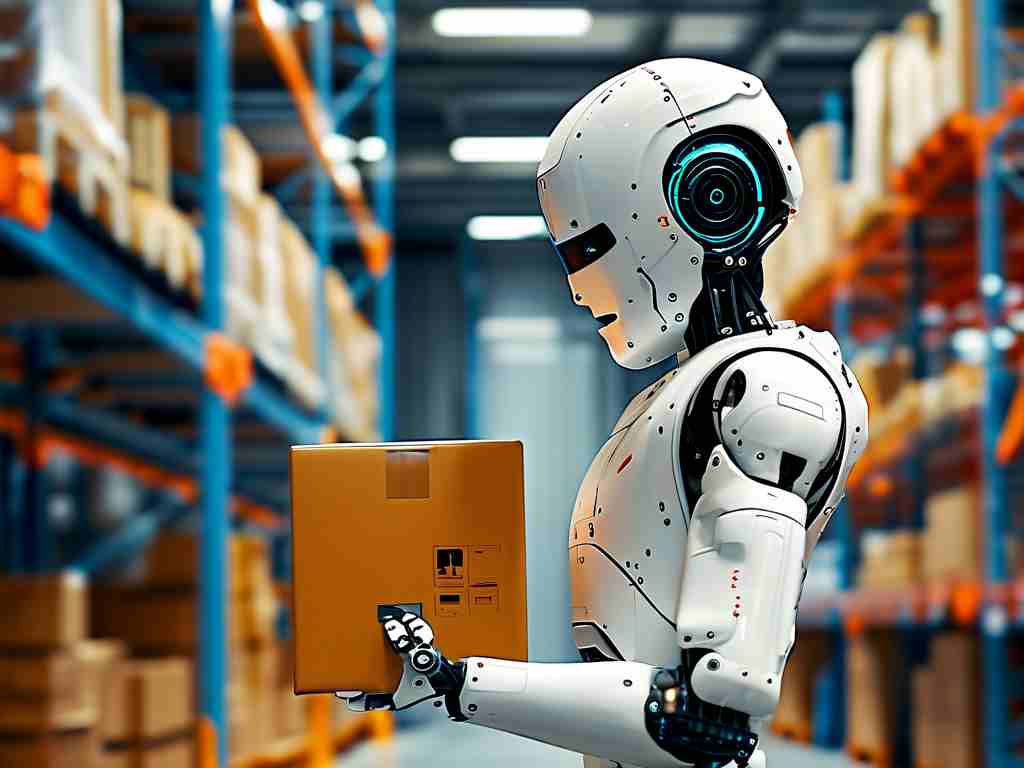
Core Technical Components
Modern unloading robots rely on three foundational technologies: adaptive gripper mechanisms, 3D vision recognition systems, and dynamic path planning algorithms. The gripper assemblies employ vacuum suction cups, hydraulic clamps, or magnetic arrays tailored to specific cargo types. For instance, pneumatic suction modules handle fragile electronics packaging, while electromagnetic lifters manage steel coils in manufacturing plants.
Vision systems utilize LiDAR and stereoscopic cameras to create real-time volumetric maps of shipping containers. The XYZ Robotics V5 model demonstrates this capability by processing 1.2 million depth data points per second, enabling millimeter-level positioning accuracy even in low-light environments. This spatial awareness allows robots to differentiate between irregularly shaped parcels and adjust grasping strategies accordingly.
Operational Workflow Optimization
The unloading sequence follows a four-stage process: container scanning, item localization, secure grasping, and coordinated transfer. During the scanning phase, robots employ simultaneous localization and mapping (SLAM) to identify optimal extraction sequences. The Boston Dynamics Stretch robot exemplifies this through its proprietary container mapping software that reduces empty container verification time by 78% compared to manual inspections.
Path planning algorithms incorporate collision detection and inertia compensation, particularly crucial when handling liquid-filled containers or stacked goods. Fanuc's M-2000iA series implements torque-sensitive motion control that automatically reduces speed when detecting unstable load vibrations, achieving 99.4% successful transfer rates in field tests.
Industry Applications
E-commerce giants have deployed robotic unloading systems to handle peak season volumes. Amazon's robotic fulfillment centers in Leipzig process 15,000 packages hourly using dual-arm unloading units that work in tandem with conveyor systems. The automotive sector benefits from specialized robots like KUKA's heavy-payload KR 1000 Titan, which unloads 2.3-ton engine blocks with ±0.05mm repeatability.
Cold chain logistics presents unique challenges that robotic solutions address through environmental adaptations. Lineage Logistics employs freezer-rated robots with heated joints and anti-condensation sensors, maintaining operational efficiency at -25°C while preventing ice buildup on critical components.
Technical Limitations and Solutions
Current challenges include handling non-standard packaging and achieving seamless human-robot collaboration. MIT's Computer Science and AI Lab recently developed a tactile feedback system using piezoelectric arrays, enabling robots to detect package contents through surface vibrations. This innovation reduced damaged goods by 42% during experimental palletizing of mixed-item shipments.
Energy consumption remains a concern for high-throughput operations. ABB's latest generation of delta robots addresses this with regenerative braking systems that recover 18% of kinetic energy during deceleration phases, significantly lowering operational costs in 24/7 warehouse environments.
Future Development Trends
The next evolutionary phase involves cloud-connected robotic fleets with predictive maintenance capabilities. Siemens and Rockwell Automation are piloting systems where unloading robots share performance data across distributed networks, enabling preemptive component replacements before failures occur. Early adopters report 35% fewer unplanned downtime incidents.
Emerging 5G-enabled edge computing architectures allow real-time coordination between multiple robots. DHL's Smart Warehouse in Dubai features 28 autonomous unloading units that dynamically adjust workflows based on live inventory updates, achieving 140% faster container turnaround times compared to traditional facilities.
Ethical considerations around workforce displacement continue to shape implementation strategies. Leading manufacturers now offer hybrid workcells where humans supervise robotic teams, combining mechanical efficiency with human problem-solving skills. This approach has shown 22% higher operational flexibility in pharmaceutical logistics operations handling temperature-sensitive vaccines.
As sensor costs decrease and machine learning models improve, robotic unloading systems are transitioning from luxury investments to essential infrastructure. With the global market projected to reach $18.7 billion by 2028 according to LogisticsIQ, these technologies will fundamentally redefine material handling standards across industries.





